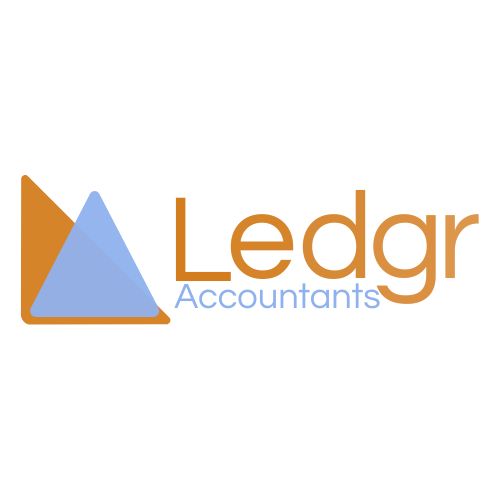New Tax Year Changes
- Ish Mukit

- Apr 29
- 2 min read
Updated: Oct 3
April 2025 is the start of the new 2025/26 tax year, and as always, changes to allowances and thresholds are coming into effect. For sole traders, contractors, property owners and small businesses, these updates can make the difference between a smooth year of planning or unexpected financial pressure.
The new figures affect everything from personal allowances to National Insurance contributions, and they also mark the introduction of new HMRC tools and compliance requirements.
New Tax Year Changes
From 6 April 2025, direct tax rates and allowances have been updated. This includes adjustments to income tax thresholds, National Insurance bands and dividend allowances, with impacts felt across different income levels. While some changes provide small reliefs, others mean an increased tax burden for higher earners and business owners.
Another update to note is HMRC’s planned change to the Check Employment Status for Tax (CEST) tool, due by the end of April. This will affect contractors and businesses engaging with freelancers, especially where IR35 rules apply. The tool’s revisions are designed to reduce ambiguity, but contractors must be cautious in how status is determined, as HMRC continues to tighten compliance checks.
These updates highlight the government’s ongoing focus on raising revenue while improving administration and compliance. The detail matters: even small shifts in thresholds can add up significantly over the year.
How it impacts you
For households and sole traders, changes to personal allowances and NICs directly affect take-home pay. Even small adjustments can alter monthly budgets, so understanding these numbers early in the tax year helps prevent surprises.
For small businesses, payroll costs may rise if employer NIC thresholds change, and dividend taxation continues to be a focus. This may reduce how much directors and owners can extract from their companies in a tax-efficient way.
Contractors face additional scrutiny with the updated CEST tool. A status determination that shifts them into IR35 can reduce income significantly, while also changing how tax and NICs are reported. Property owners may also find adjustments to capital gains tax allowances and interest relief rules impacting profitability from rental income.
What you can do
The first step is to review your personal and business budgets with the updated thresholds. Adjust your forecasts so you understand how much income, tax and NICs you’ll be dealing with across the year.
For business owners, consider reviewing how you pay yourself - whether through salary, dividends, or a combination - to optimise tax efficiency under the new rules. Contractors should check their engagement terms and use the updated CEST tool carefully, keeping detailed records of any determination.
Property owners may need to re-forecast rental income and costs, especially if allowances for expenses or capital gains have shifted. Seeking proactive tax planning advice now can help preserve profitability.
At Ledgr Accountants, we make this process simple by walking clients through each update, applying it to their unique situation, and setting out a plan that keeps them compliant and tax-efficient.
Ish Mukit
Senior Accountant
References


Comments